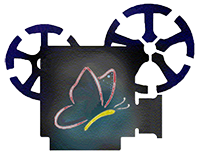

The Brown Hairstreak (Thecla betulae Linné, 1758)
The Brown Hairstreak is a butterfly in the family Lycaenidae. The range includes most of the Palaearctic. It is the largest of the European Harstreaks. In Provence, this discrete butterfly is very local and fairly rare, certainly due to the fact that it spends most of its time around the canopy. They fly in one long generation from early-July to mid-October. Males meet around a favourite tree, the so-called "Master tree". The butterflies feed mainly on honey dew. Females require about a week to become fertile. From early September, the female lays her singly white eggs on blackthorn (Prunus spinosa), Apricont (P. armeniaca) and Plum (P. domestica). The eggs overwinter and a caterpillar hatches around mid-March. The caterpillars feed only on leaves. At its final stage, the caterpillar becomes reddish and moves down to the leaf-litter where it pupates.
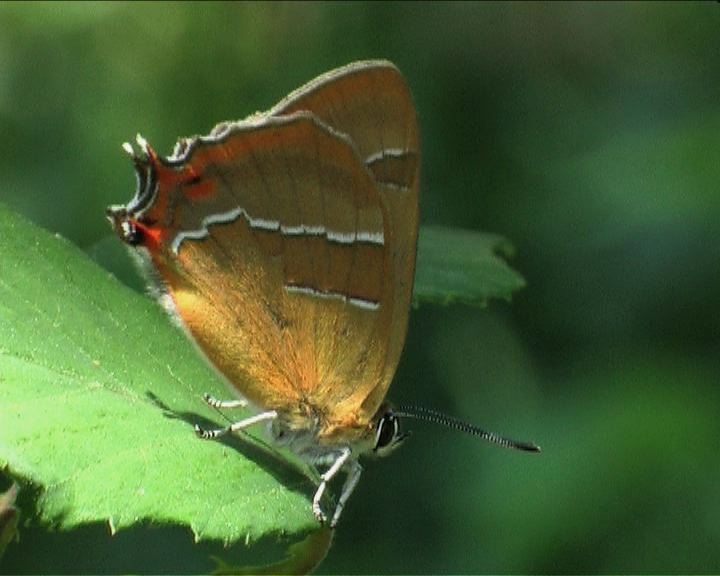
Extensive studies are required to better understand the choise of a "Master tree", where males and females meet.
Although this Brown Hairstreak seems to have a normal development, it appears, once it emerges, that it has malformed wings, and can’t unfold them correctly. Unfortunately, this butterfly will never be able to fly, and becomes an easy prey.
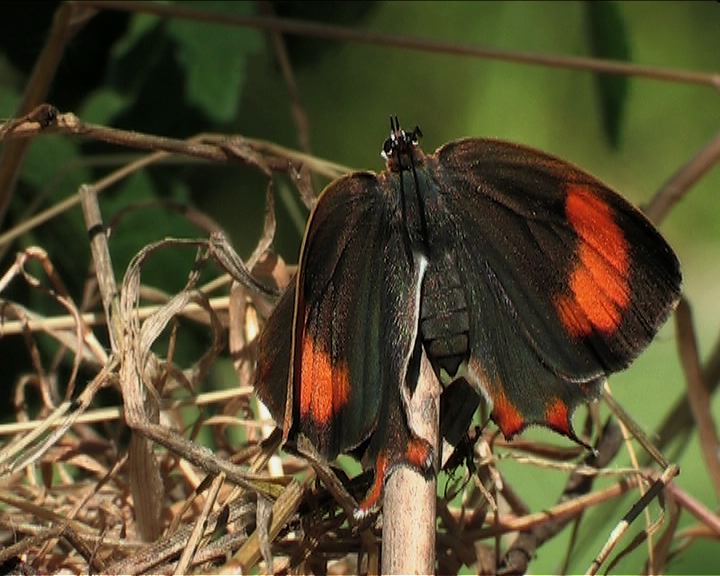
Lasius emarginatus (Olivier, 1792) ants are atracted by a caterpillar of the Brown Hairstreak (Thecla betulae Linné, 1758) on blackthorn (Prunus spinosa). Although the caterpillars of the Brown Hairstreak do not have visibly a dorsal nectory organ (DNO) or "honey gland", they visited irregularly a mature caterpillar until it becomes a chrysalis.
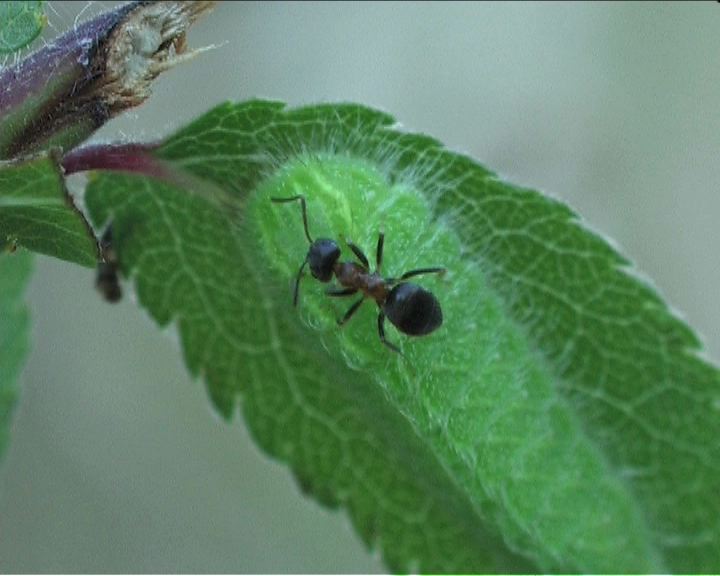
Camponotus aethiops (Latreille, 1798) ants are atracted by a caterpillar of the Brown Hairstreak (Thecla betulae Linné, 1758) on blackthorn (Prunus spinosa).
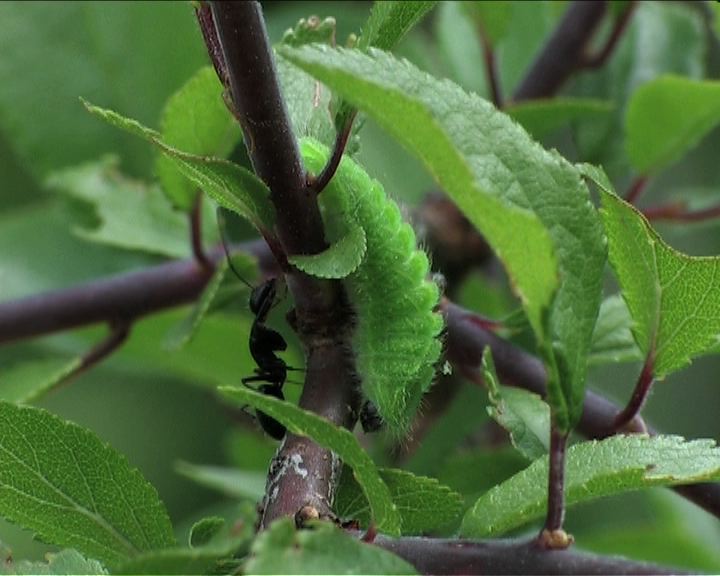
Crematogaster scutellaris (Olivier, 1792) ants are atracted by a caterpillar of the Brown Hairstreak (Thecla betulae Linné, 1758) on blackthorn (Prunus spinosa). Although the caterpillars of the Brown Hairstreak do not have visibly a dorsal nectory organ (DNO) or "honey gland", they visited irregularly a 3rd stage caterpillar.

Trichogramma species (Chalcidoidea: Trichogrammatidae) are small wasps and very uniform in nature which causes difficulty in identifying the separate species. They are endoparasitoids of insect eggs. Members of this family range in size from 0.2 to 1.5mm. At least two Trichogramma wasps emerged from this egg.
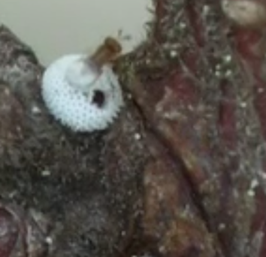
Until now, the only Trichogramma known from Thecla betulae is T. evanescens (Westwood, 1833). Trichogramma evanescens has a wide range of different hosts eggs from species within many different insect orders (Universal Chalcidoidea Database).